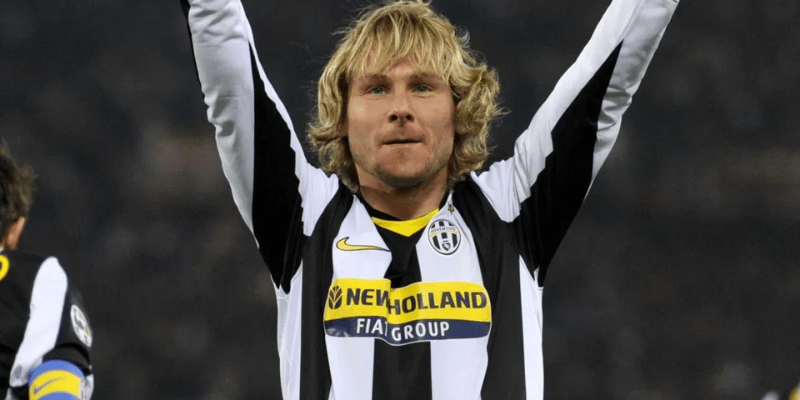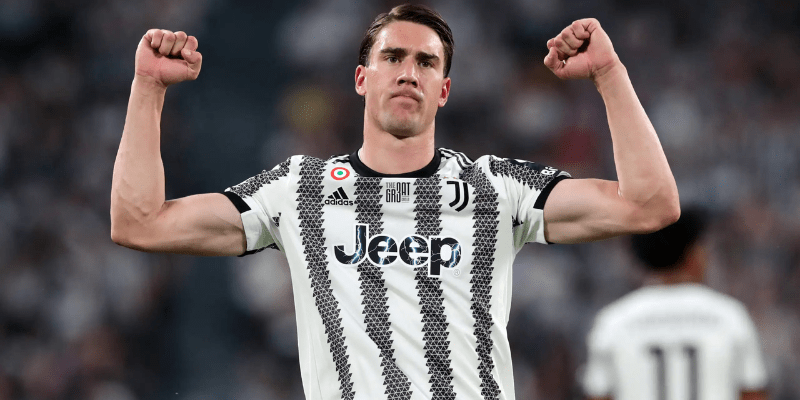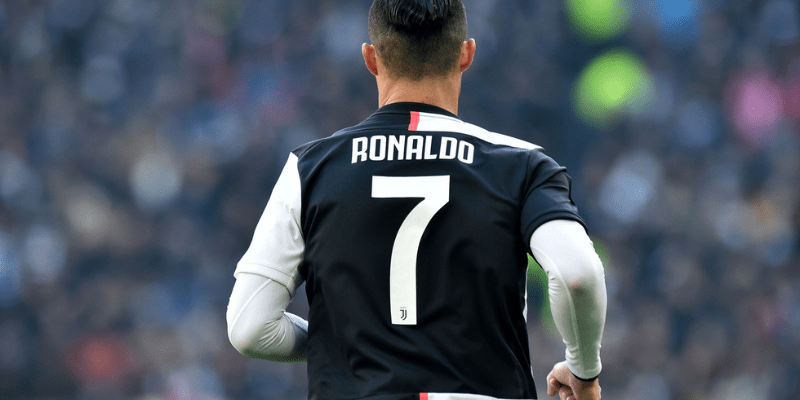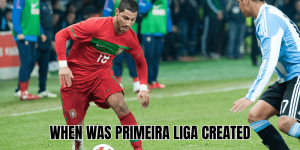In the grand stage of Italian football, the Serie A transfer records of all time tell a story of ambition, glamour, risk, and the perpetual chase for prestige. Clubs in Italy haven’t always spent like their English or Spanish counterparts, but over decades, they’ve broken their own boundaries — signing superstars, smashing previous benchmarks, and rewriting financial history. In this article, DiorDribble will accompany you to explore those landmark deals, trace the evolution of record-breaking signings in Serie A, and analyze what drives these astronomical moves in the modern game.
The evolution of Serie A transfer records

To understand today’s mega-deals, we have to look back. Over time, the threshold for what qualifies as “record-breaking” has climbed dramatically — from tens of thousands of euros in mid-20th century to triple-digit millions today.
Early decades: small but symbolic
In the 1930s, 40s, and 50s, record transfers in Serie A were symbolic milestones rather than earth-shattering deals. Moves changed clubs’ fortunes more in morale and prestige than financial muscle. As documented in the historical progression of Serie A transfer records, players like Hasse Jeppson (in 1952) and Omar Sívori (in 1957) became benchmarks for how much a club was willing to invest in star power.
Through the 1970s and 1980s, figures crept upward. A notoriously pricey move was Zico’s signing by Udinese in 1983 — then a statement that Serie A would occasionally reach beyond domestic stardom.
The 1990s and early 2000s: the rising curve
The real leap came in the 1990s, when football’s globalization, TV money, and more aggressive marketing kicked in. One pivotal moment: in 1992, Torino sold Gianluigi Lentini to AC Milan in what was then a world-record fee. This pushed the Serie A record upward in one dramatic leap.
Later, in 1997, Ronaldo “Il Fenomeno” moved, Christian Vieri’s move, deals like Hernán Crespo to Lazio also made headlines in the 2000s before entering the modern era’s explosion.
The chronological list of “record breakers” shows how each era redefined the ceiling, one massive signing after another.
Modern era: mega-bucks and inflation pressures
Fast forward to the 2010s and 2020s — the landscape has changed. The influx of international investors, more lucrative broadcasting rights, and the surge in global branding have pushed clubs to spend bigger. That’s how a league once known for prudence now has a top all-time transfer reaching six, sometimes even seven, figures in millions.
Today, Cristiano Ronaldo’s €117 million switch to Juventus in 2018 sits atop most lists of Serie A’s most expensive signings — a watershed moment that showed Italy could still compete in the global transfer race.
Below, DiorDribble will compile a definitive list of the highest transfers in Serie A history.
Top 10 Most Expensive Serie A Transfers (Incoming)

Here are the most expensive incoming signings into Serie A (i.e. what clubs paid to bring stars to Italy) to date. These deals reflect the high-stakes nature of modern football investment.
| Rank | Player | Buying Club | Year | Fee* |
| 1 | Cristiano Ronaldo | Juventus | 2018 | €117.00 million |
| 2 | Romelu Lukaku | Inter | 2021 | €113.00 million |
| 3 | Paul Pogba | Juventus | 2016 | €105.00 million |
| 4 | Gonzalo Higuaín | Juventus | 2016 | €90.00 million |
| 5 | Matthijs de Ligt | Juventus | 2019 | €85.50 million |
| 6 | Dušan Vlahović | Juventus | 2022 | €83.50 million |
| 7 | Arthur Melo | Juventus | 2020 | €80.60 million |
| 8 | Victor Osimhen | Napoli | 2020 | €78.90 million |
| 9 | Rasmus Højlund | (to a non-Serie A)† | 2023 | €77.80 million |
| 10 | Zinedine Zidane | (to non-Serie A)† | 2001 | €77.50 million |
* Figures based on latest reliable public data; values can differ slightly depending on sources.
† Although Zidane’s and Højlund’s signings listed are not typical Serie A incomings, many lists include them due to their magnitude connected to Italy’s context or sales.
These entries confirm Juventus’ dominance in top-tier spending: the club features in nearly all of the top 8. The Ronaldo deal remains the gold standard.
Beyond the top 10, other notable signings include Arthur Melo (Juventus, 2020) and Victor Osimhen (Napoli, 2020) — both investments that carried both sporting and branding weight.
Why these deals matter: beyond the numbers

Sport and branding collide
These high-price transfers aren’t just athletic gambles — they’re branding statements. Signing Cristano Ronaldo wasn’t only about goals; it was about global reach, merchandising, ticket sales. Serie A clubs use marquee names to compete not only on the pitch but in fandoms across Asia, the Americas, and Africa.
Risk vs reward
When you pay €117 million, the margin for error shrinks. Clubs must weigh performance, injuries, adaptation, and commercial returns. Those who bet wrong can end up with financial burdens, oversized contracts, and reputation damage.
Market dynamics and inflation
Modern transfer inflation is relentless. What was considered “crazy money” in 2000 or 2010 is now baseline for top clubs. That means breaking records is almost inevitable unless governing bodies and regulations step in to curb unchecked spending.
Serie A’s record breakers through time
It’s instructive to view not just the final list but the progression of record transfers — when a deal broke the all-time high at its moment:
- 1952: Hasse Jeppson (Atalanta → Napoli).
- 1957: Omar Sívori (River Plate → Juventus).
- 1975: Giuseppe Savoldi (Bologna → Napoli).
- 1983: Zico (Flamengo → Udinese).
- 1984: Diego Maradona (Barcelona → Napoli).
- 1990: Roberto Baggio (Fiorentina → Juventus).
- 1992: Gianluigi Lentini (Torino → AC Milan).
- 1997: Ronaldo (Barcelona → Inter Milan).
- 1999: Christian Vieri (Lazio → Inter).
- 2000: Hernán Crespo (Parma → Lazio).
- 2016: Gonzalo Higuaín (Napoli → Juventus) — shattering prior marks.
- 2018: Cristiano Ronaldo — the current ceiling.
Each of those transfers rose above prior ones, defining new financial eras in Italian football and reflecting changing ambitions.
Club record transfers: insiders’ highest bets
While league-wide records reflect best of the best, every Serie A club has its own record transfer (incoming) — the biggest bet they’ve ever placed. Some examples:
- Juventus: Cristiano Ronaldo (≥ €117m)
- Inter: Romelu Lukaku (to Inter, €113m)
- Napoli: Victor Osimhen
- AC Milan: having made big moves like going for top defenders/forwards
- Roma, Lazio, Fiorentina, etc., also have their club-max deals, though none approach the top league records.
These internal benchmarks help define ambition: which clubs dare to join the spending elite and which remain rooted in sustainable strategy.
The future of Serie A transfer records of all time
The question now is: how far will it go? Could Serie A ever see a €150m, €200m, or higher record signing? Trends suggest yes, under right conditions:
- continued growth in TV and digital rights
- investment from foreign owners
- smart branding strategies linking football to global markets
- inflation across European football forcing upward ceilings
However, caution is essential. Too many overspends could lead to debt, Financial Fair Play scrutiny, or reputational backlash. The balance between ambition and stability will define whether Serie A can sustainably host record deals.
Already in recent windows, clubs and media are speculating which superstar might shift to Italy in a six-figure million move. The hunger remains.
Final Thoughts
Serie A transfer records of all time do more than list numbers — they chart the pulse of Italian football’s evolution. From small landmark moves decades ago to today’s billion-dollar ambitions, these deals reflect changing strategies, global reach, and club identities. For fans, they are markers of hope, controversy, and drama.
If you’re a football lover wanting to dive deeper — see full lists, compare club by club, or view how current window deals measure up against past records — stay tuned. DiorDribble will continue tracking all major Serie A transfers, record breakers, and the daring moves that shape the future of Italian football.






